Professional Supplier of Laboratory Scientific Instruments
Professional Supplier of Laboratory Scientific Instruments
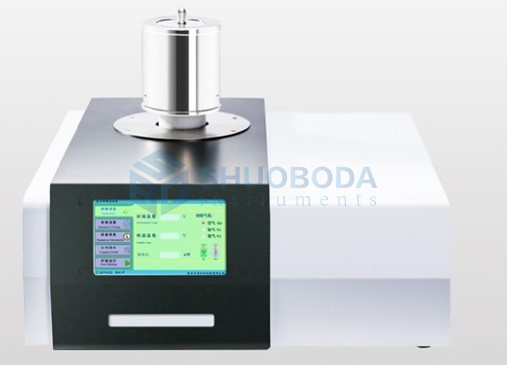
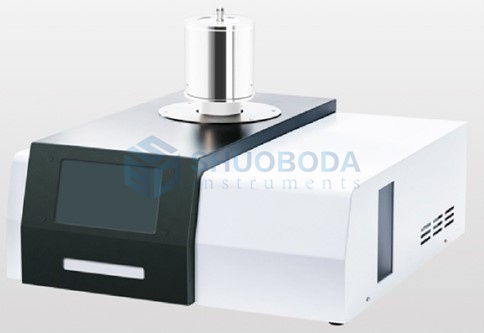
Differential Scanning Calorimeter DSC Operation Video
Differential Scanning Calorimeter is the most accurate differential display launched by shuoboda. The sensor is made of imported materials and has high sensitivity. The signal acquisition circuit is shielded and protected, with strong anti-interference and high baseline stability.
The differential scanning calorimeter is a touch screen type and can be used for glass transition temperature testing, phase transition testing, melting and enthalpy value testing, product stability, solidification, oxidation induction period testing, and specific heat testing. Wide range of applications.
| Model | DSC-1000 | |
| Temperature range | Room temperature~1000°C | |
| Temperature resolution | 0.01°C | |
| Temperature fluctuation | ±0.01°C | |
| Temperature repeatability | ±0.1°C | |
| Heating rate | 0.1~100°C/min | |
| Curve scan | Heating scan, constant temperature scan | |
| Constant temperature time | program setting ≤24h | |
| Temperature control method | PID temperature control, temperature rise, constant temperature (fully automatic program control) | |
| DSC range | 0~±600mW | |
| DSC resolution | 0.01uW | |
| DSC accuracy | 0.001mW | |
| Power supply | AC220V/50Hz or customized | |
| Atmosphere control gas | nitrogen, oxygen (the instrument automatically switches) | |
| Gas flow | 0-300mL/min | |
| Gas pressure | ≤1MPa | |
| Display mode | 24bit color, 7-inch LCD touch screen display | |
| Data interface | standard USB interface | |
| Parameter standard | equipped with standard materials (indium, tin, lead), users can calibrate the temperature by themselves | |
| Thermocouple | With multiple sets of thermocouples, one set of test sample temperature, and one set of test instrument internal ambient temperature. | |
| Data interface | standard USB interface | |
| Calibration function | With multi-point calibration function, it can meet the precise testing of medium, medium and low samples. | |
| Software | The software can set the frequency of data collection, and can export EXECL data packets and PDF reports | |
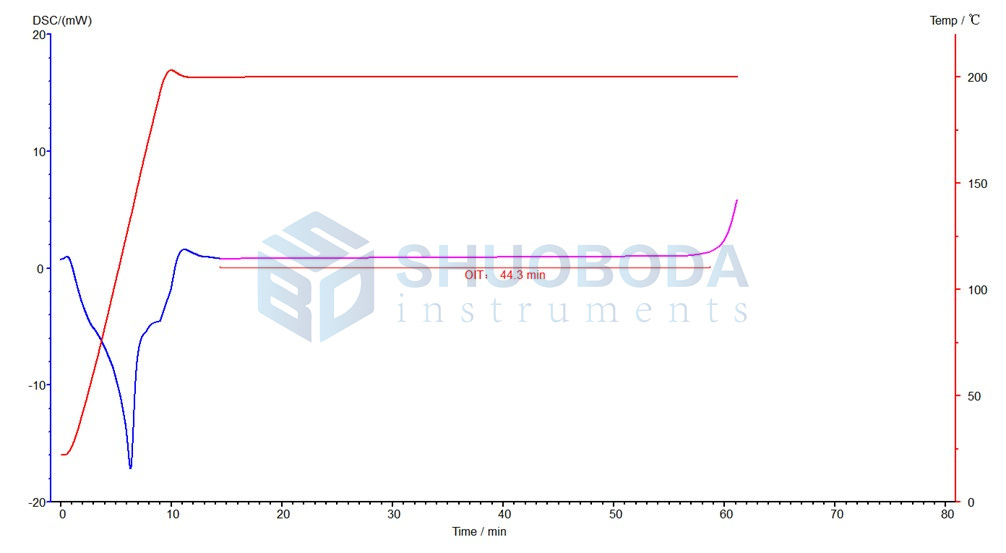
Oxidation Induction Time (OIT) was measured by DSC (Differential Scanning Calorimetry). The sample is usually heated to a specified temperature and kept constant in a nitrogen atmosphere, and then switched to an oxygen atmosphere. After a period of time, the material begins to oxidize and release heat. This released heat is detected by the sensor and analyzed by the software to obtain the oxidation induction time (OIT). The length of the oxidation induction time is a parameter of the reaction material's resistance to oxidative decomposition. This parameter must be detected for buried plastic pipes.

For amorphous polymers, when the polymer changes from a high elastic state to a glass state by cooling down, or from a glass state to a high elastic state by heating up, it is called a glass transition, and the temperature at which the glass transition occurs is called a glass transition. temperature. For crystalline polymers, the glass transition refers to the transformation of the amorphous portion from a highly elastic state to a glassy state (or from a glassy state to a highly elastic state). Therefore, glass transition is a ubiquitous phenomenon in polymers. However, the glass transition phenomenon is not limited to polymers. Glass transitions also occur in some small molecule compounds.
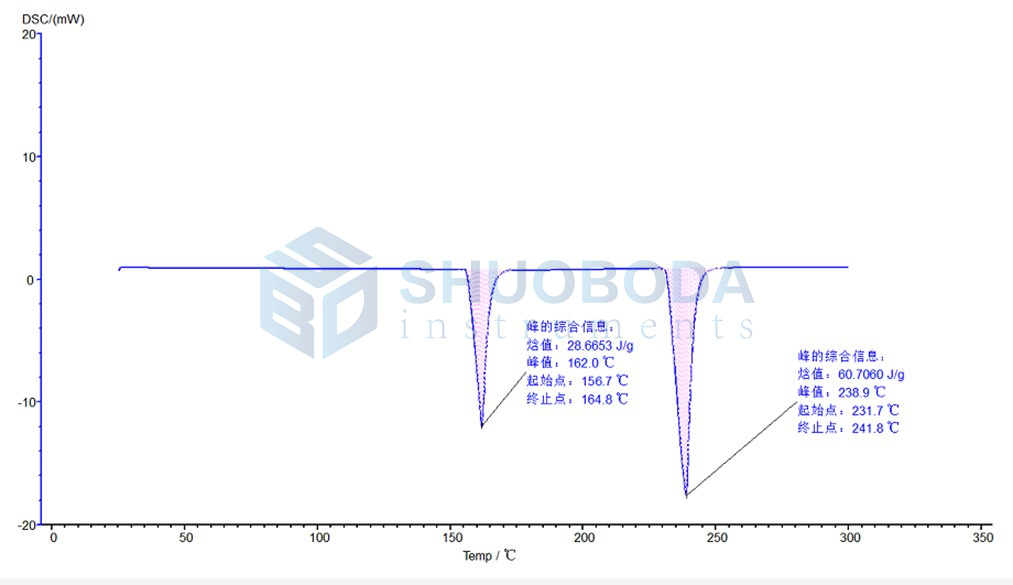
The melting point is the temperature at which a solid changes its state from a solid state or melts to a liquid state, and a mixture of multiple components has multiple peaks.
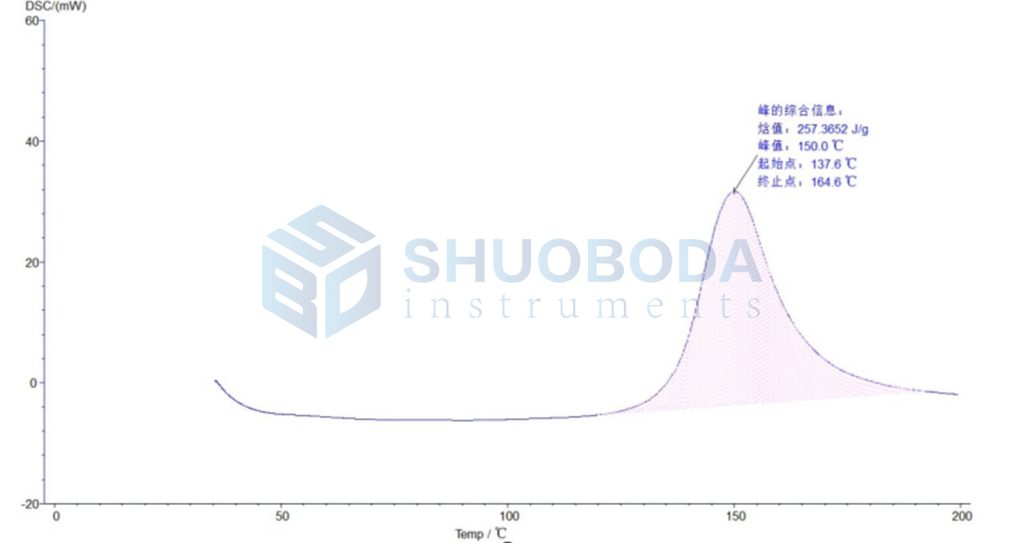
Refers to the process in which a substance changes from low molecular weight to high molecular weight, and the strength of the cured sample will be higher
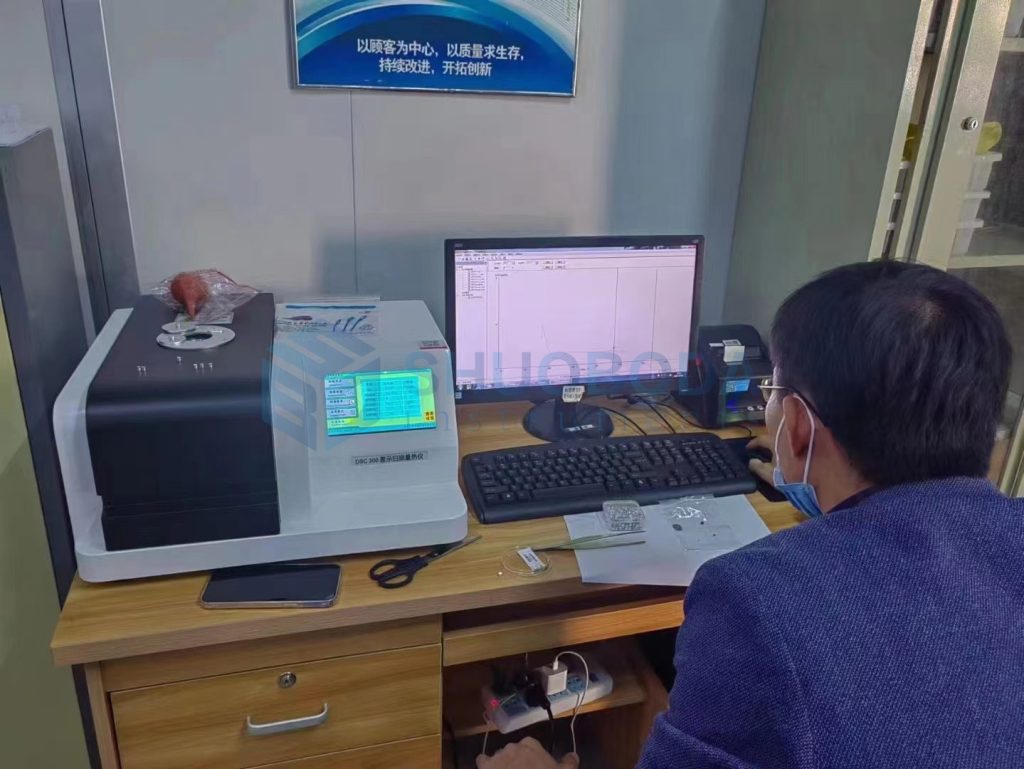
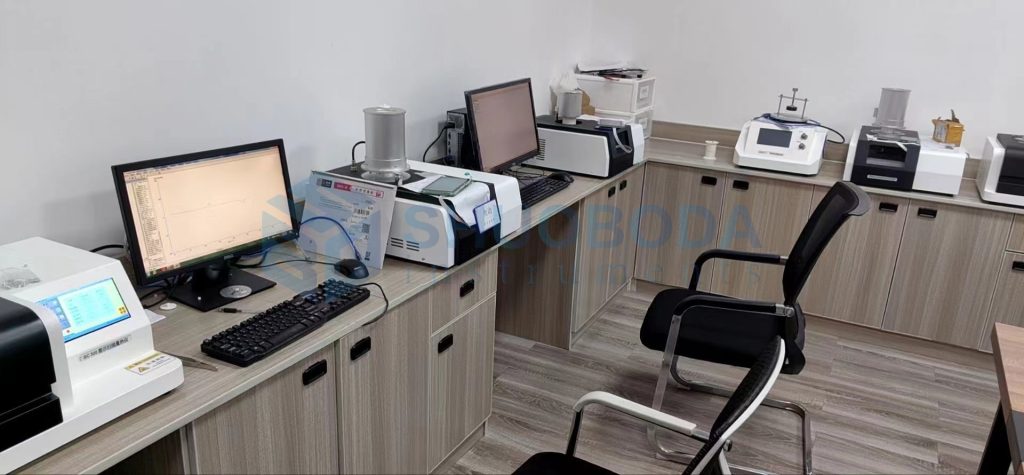
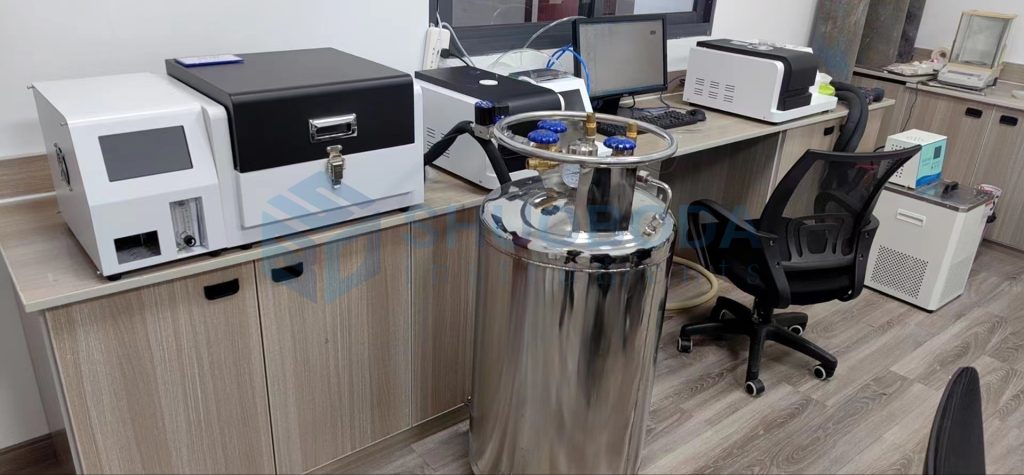
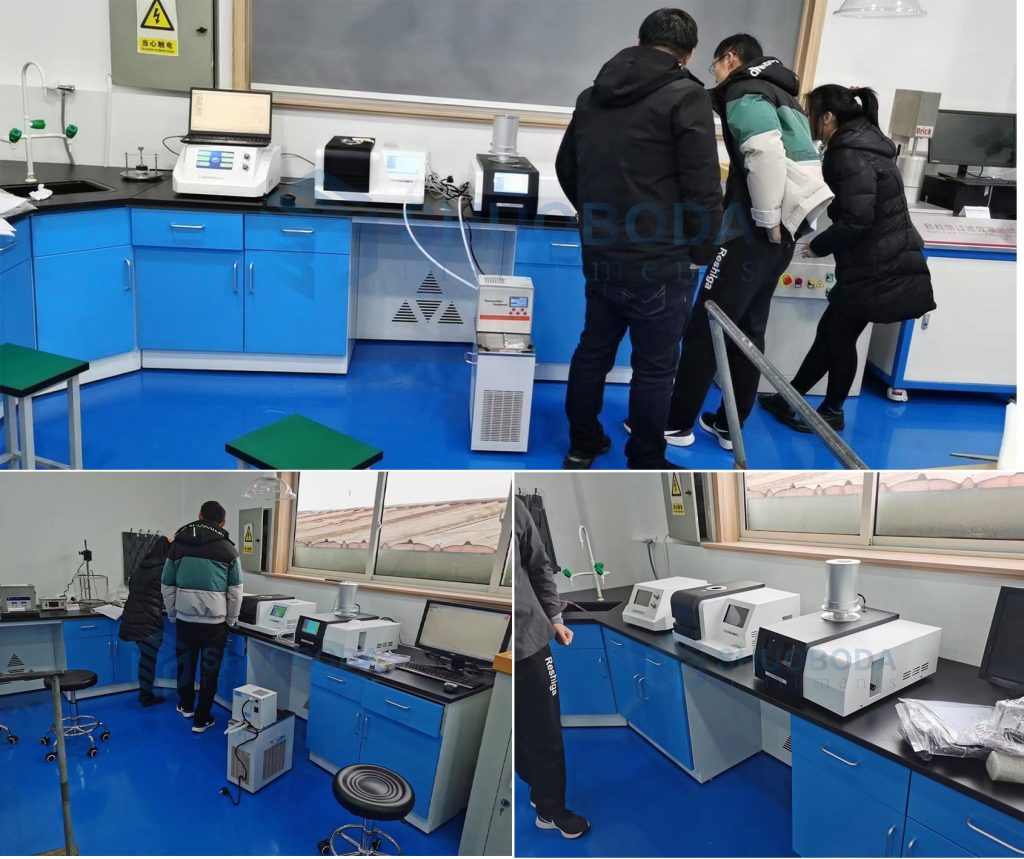
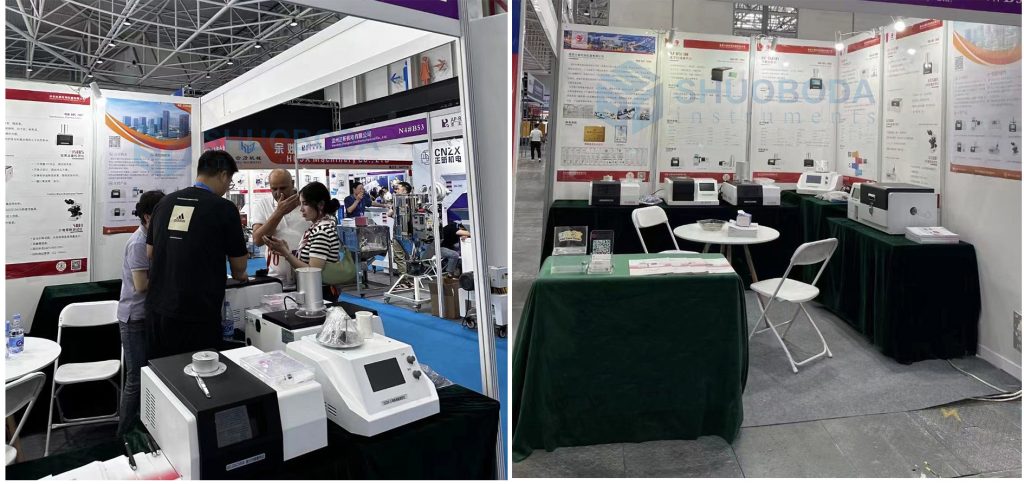
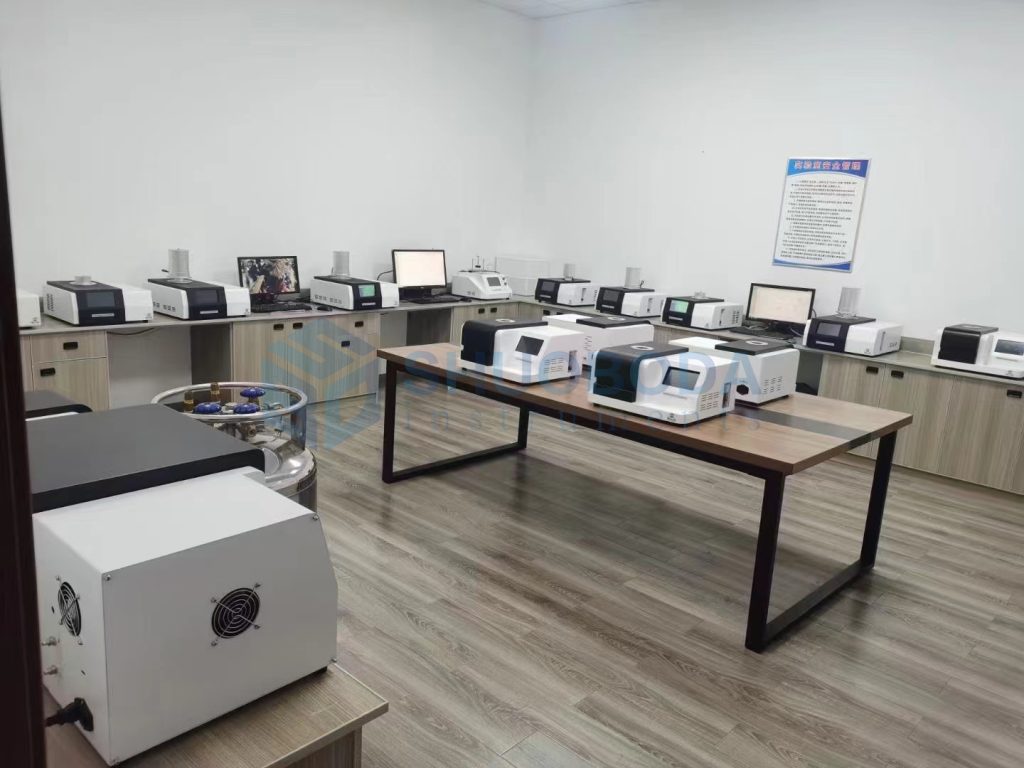

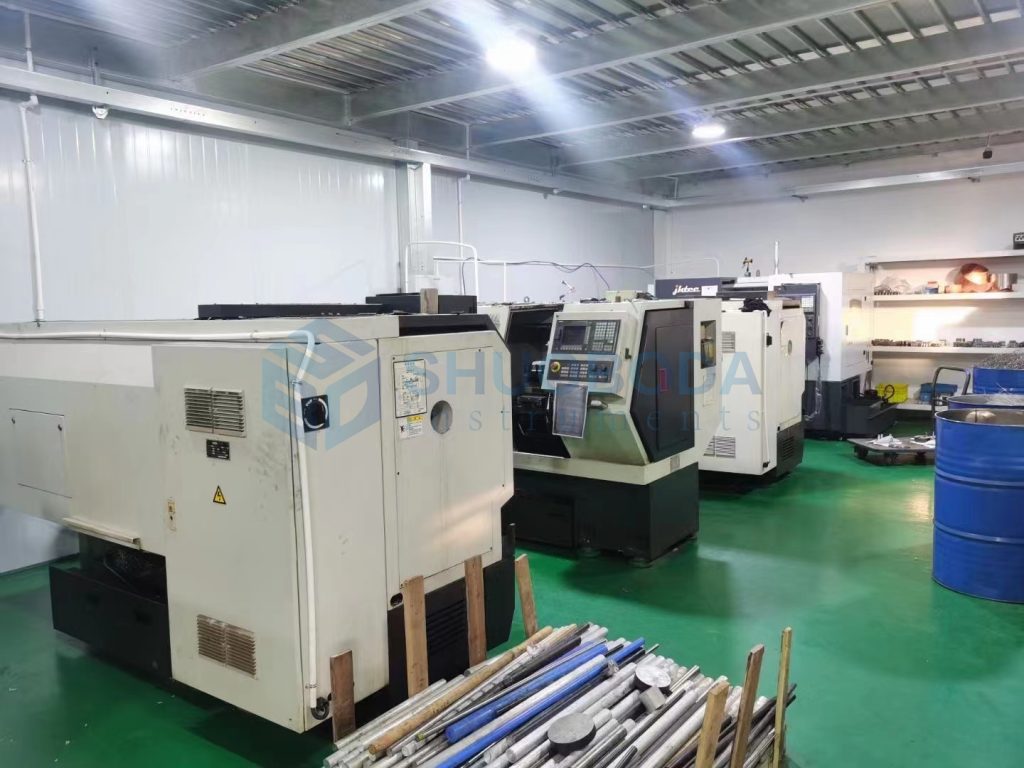
Experienced service team and strong production support team provide client worry-free order service.


If you are interested in any of our products or would like to discuss a customized order, Please feel free to contact us.
Contact Us